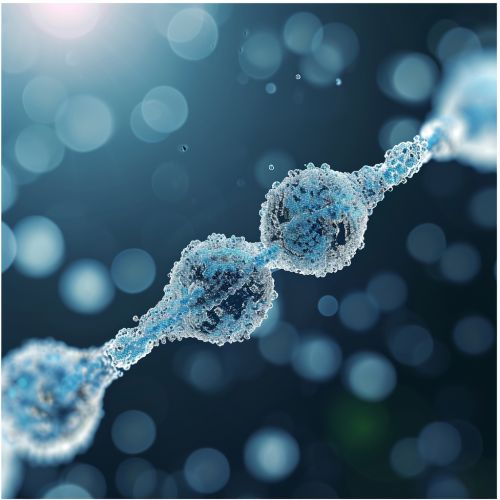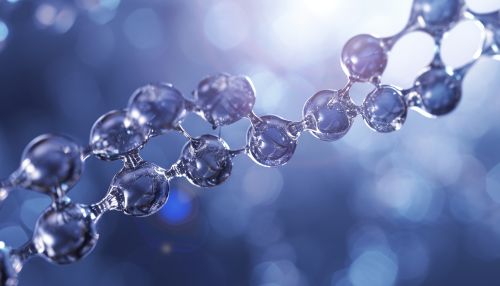Peptide Bond
Introduction
A peptide bond is a chemical bond formed between two molecules when the carboxyl group of one molecule reacts with the amino group of the other molecule, releasing a molecule of water (H2O). This is a dehydration synthesis reaction, also known as a condensation reaction, and it is a crucial step in the formation of proteins in biological organisms.
Chemical Structure
The peptide bond is a covalent bond, meaning it involves the sharing of electrons between atoms. Specifically, it is a type of covalent bond known as an amide bond, which is characterized by the presence of a carbonyl group (C=O) and a nitrogen atom (N). The peptide bond is planar and rigid due to the resonance or partial sharing of two pairs of electrons between the carbonyl oxygen and the amide nitrogen. This resonance structure gives the peptide bond a partial double-bond character, which restricts rotation around the bond and leads to the stable, defined structure of proteins.


Formation
The formation of a peptide bond is a thermodynamically favorable reaction, but it requires a significant amount of activation energy. In biological systems, this energy is provided by the ribosome, a cellular organelle that synthesizes proteins. The ribosome facilitates the formation of the peptide bond through a process known as peptide bond synthesis or peptide bond formation.
Role in Protein Structure
Peptide bonds are fundamental in the formation of protein structure. Proteins are composed of one or more polypeptides, which are long chains of amino acids linked by peptide bonds. The sequence of amino acids in a polypeptide, and thus the sequence of peptide bonds, determines the primary structure of the protein.
Properties
Peptide bonds exhibit several important properties that influence protein structure and function. As mentioned earlier, the peptide bond is planar and rigid due to its partial double-bond character. This restricts the conformational freedom of the polypeptide chain and influences the secondary and tertiary structure of the protein.
Hydrolysis
Peptide bonds can be broken by a process known as hydrolysis. In this reaction, a molecule of water is added across the peptide bond, breaking it into its component amino acids. This reaction is the reverse of the dehydration synthesis reaction that forms the peptide bond. Hydrolysis of peptide bonds is catalyzed by enzymes known as proteases.
